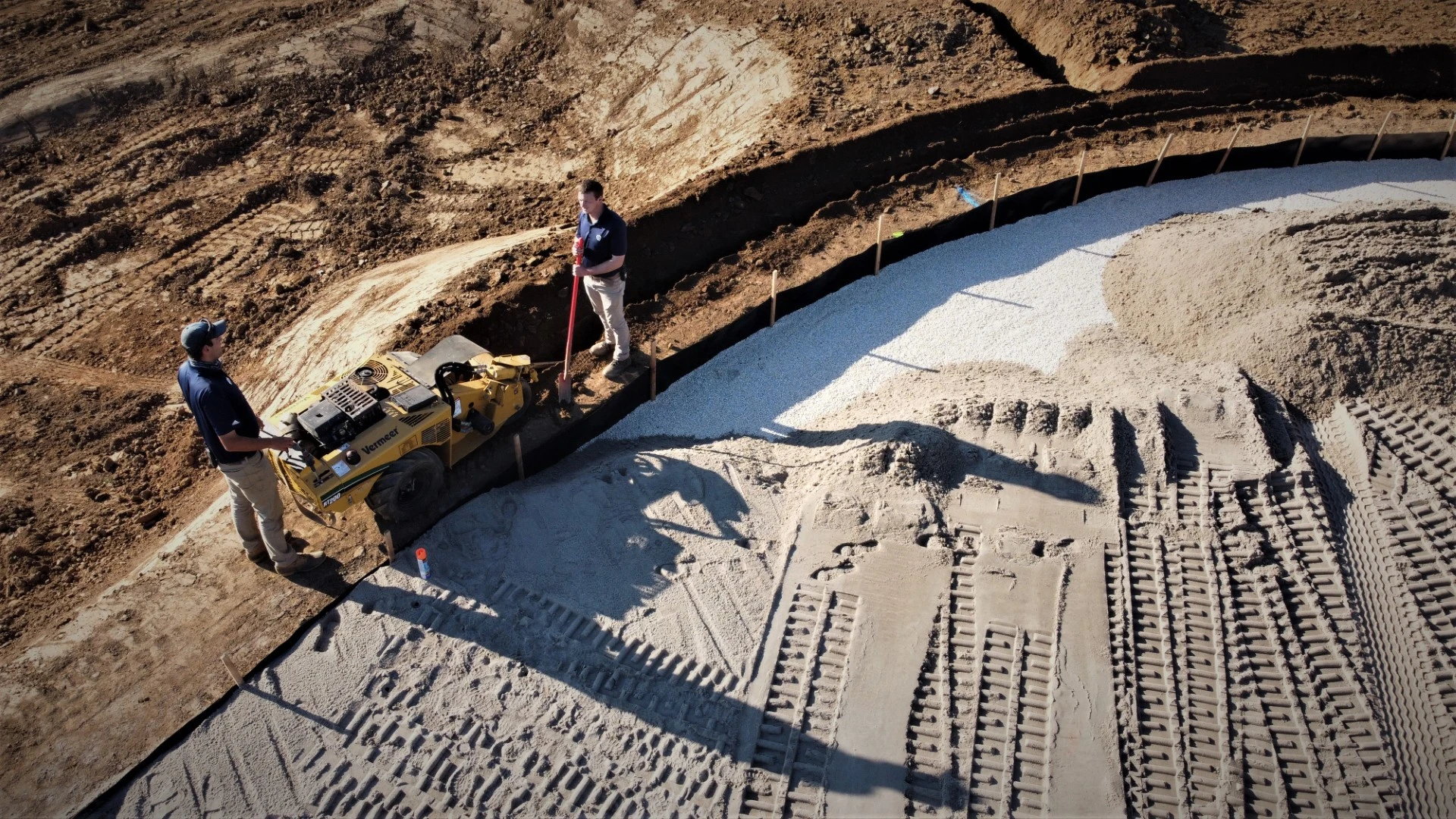 Jeffrey D. Brauer Jeffrey D. Brauer |
At a recent golf conference, I again presented the case for generally shorter forward tees. It seemed more industry people attended and at least nodded in agreement. That, of course, is no guarantee they will rush home and rework their courses. One of the most interesting things I heard was a GM relating that “His job is to let our players have fun and prolong their playing careers.” Perhaps Baby Boomers are finally abandoning our quest for “eternal youth” and admitting we are getting older. As golf’s biggest demographic, it may spur us to finally design courses for the way golf is really played (The second most interesting thing was a consensus that continuous putting is the biggest key to increasing speed of play). In the last 30 years of design, there was too much concern over “how Tour Pros would play this” even though chances of hosting any kind of tournament were about equal to the chance of an alien landing. At the same time, there was far too little concern for whether seniors or females could carry a creek, had an awkward angle or were even having fun on the golf course. In other words, we spent three decades designing for all the wrong creatures. I was made aware of designing for all players early. My mentors designed mostly public courses, and actually sent me out to spend a day measuring where average golfers, seniors, and women actually hit their tee shots. (About 225, 190 and 140 yards respectively back then, and no different today, despite the distance gains at the top). As ASGCA president in 1995, Alice Dye, an early forward-tee proponent, sought me out to discuss an article I had penned for Golf for Women magazine. I had written that I design most par 4s so a woman’s third shot was equivalent to an average man’s typical approach shot, i.e., both being about 7 irons. She asked one simple question – Why? I asked one, too. Why couldn’t I answer? It just seemed too difficult to design for 140 to 300 yard tee shots. Maybe so, but why favor the 1 percent who hit it 300 yards? Why ignore the 20 percent of senior golfers and 4-20 percent female players? Pure math compels us to design for those who actually play the course the most. Setting tees 25-30 yards shorter than the previous tee gets all tee shots to the same landing area, with an economically efficient single set of fairway bunkering, etc. However, leaving both back and forward tee players with the same distance to the green creates vastly different golf experiences and certainly isn’t equal. Old paradigm – determine forward tees with 25-30 yard tee splits. New paradigm – determine forward tees by a percentage of hole length. Front tees should be about 48 percent of back tees, based on 140 to 290 yard tee shots. My co-presenter was Arthur Little, who with his wife Jan Leeming, had added shorter tees at their own golf course, and later helped other courses do the same. They provide numerous examples of commercial success from shortening your front two tees, finding that it helps attract more:
I asked Arthur and Jan how much marketing this took. As it turns out, women share their feelings more than men (who knew?) and word-of-mouth was about all it took to bring a new customer base to these golf courses. Adding forward tees is usually easy and not terribly expensive to do. On most holes, I can add one back tee (for those “must have 7,000 yard holdouts” and two forward tees, as per the example below. The middle two tees often remain untouched, while we convert the former red tees (often over 5,000 yards, rather than at a more desirable sub-4,400 yards) to white, which is just about right. (These are shown just right of the power orange line depicting power lines). Then, we add the new red tee well up the fairway at the proper yardage. We have found that it’s easier to convince golfers if we look at individual holes (especially those with forced carries, or long par 4s that are just out of reach) rather than tell them up front we are wholesale shortening the course. There is still some male ego and female aversion to “condescending attitude.” However, they usually adjust when shown the benefits on a hole-by-hole basis.
Jeffrey D. Brauer is a veteran golf course architect responsible for more than 50 new courses and more than 100 renovations. A member and past president of the American Society of Golf Course Architects, he is president of Jeffrey D. Brauer/GolfScapes in Arlington, Texas. Reach him at jeff@jeffreydbrauer.com. |
Get curated news on YOUR industry.
Enter your email to receive our newsletters.
Explore the November 2013 Issue
Check out more from this issue and find your next story to read.
Latest from Golf Course Industry
- Standard Golf announces new product lineup for 2025
- The Salt Pond taps Troon for management
- KemperSports selected to manage Swansea Country Club
- From the publisher’s pen: Grab that guide
- Introducing our April 2025 issue
- South Carolina leaders honor golf course superintendent
- One and only
- Wild can be good





